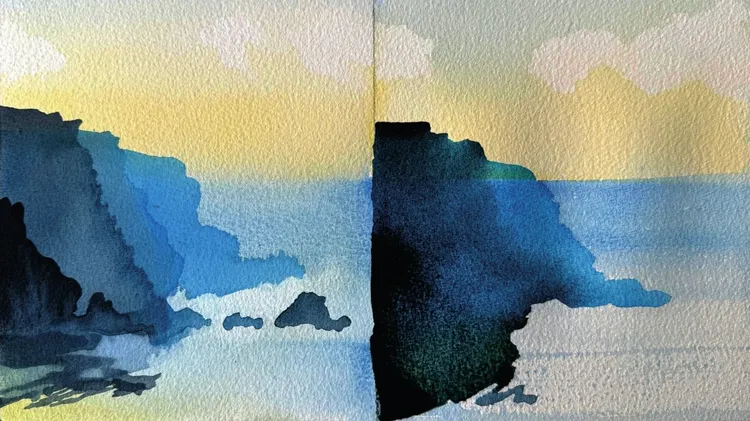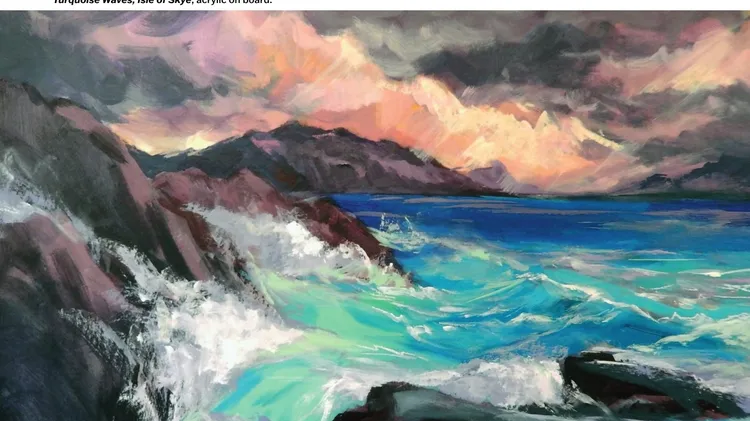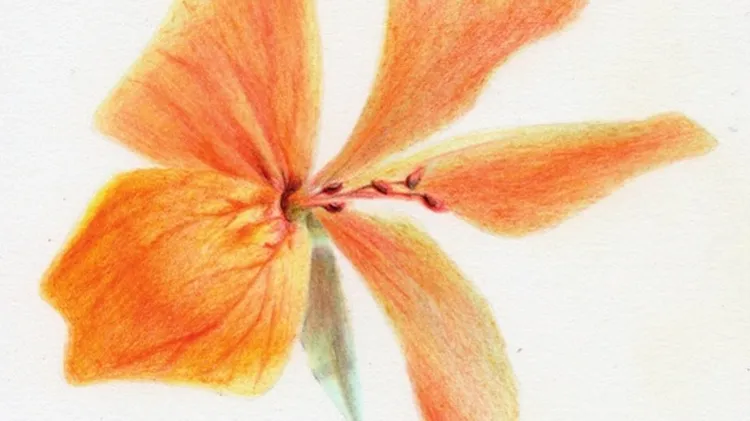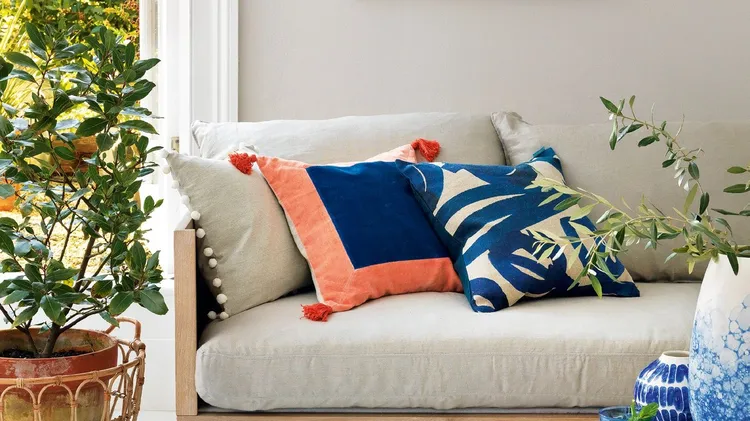Alan Bickley sheds light on the often-bewildering array of papers available to th
Paper choice
6 min read
This article is from...
Read this article and 8000+ more magazines and newspapers on Readly





